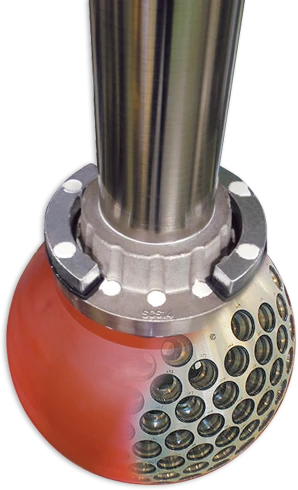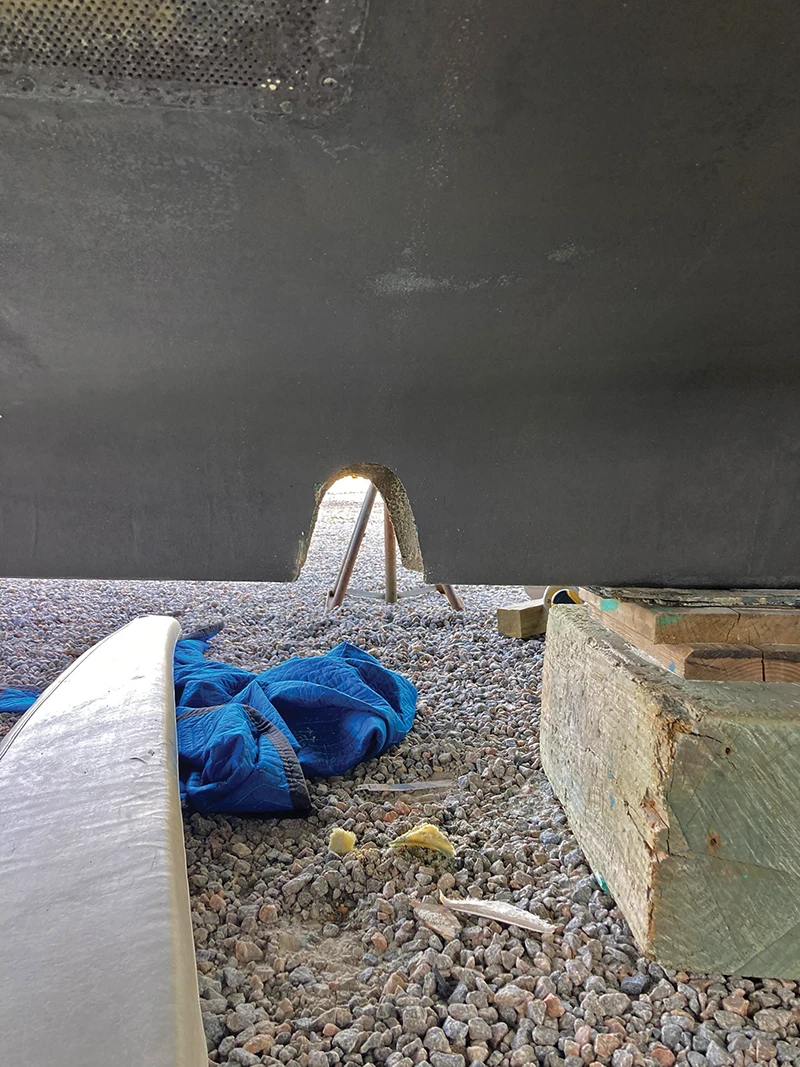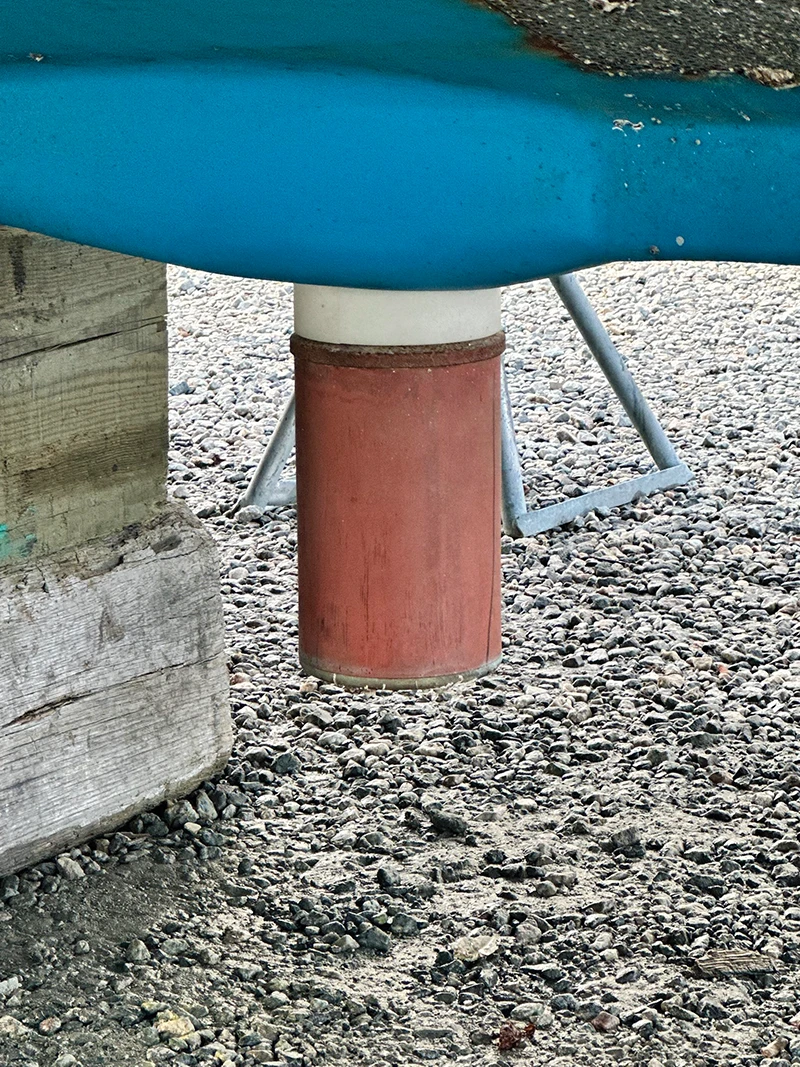
Omnidirectional Sonar is Everywhere All at Once

Captains and sonar operators can adjust and focus the device in specific directions to enhance detection and target their quarry. This technology greatly advances a crew’s ability to mark fish, quickly determine their position relative to the trolling spread, and anticipate a bite in real time.
Some of Bluewater’s most experienced anglers have been raving about these new tools. But they still must leverage their traditional skills in finding the temperature breaks and good water that hold billfish, but once that is accomplished, the omnidirectional sonar becomes critical in staying on top of the fish while coaxing them in for a bite. Then the mechanical ingenuity of these units provides for them to retract safely and completely into a tube in the hull when it’s time to pick up and get going.


Tournament Integration
Several years ago, the advent of omnidirectional sonar prompted significant trepidation within tournament circles. At that stage, the cost and availability of these systems was prohibitive and early adopters would have a clear advantage over other teams. Organizers recognized the profound impact this technology would have on their competitions and worked to adjust their rules accordingly. For example, the Big Rock Blue Marlin Tournament announced rule modifications to ensure fairness by introducing separate divisions for boats equipped with omnidirectional sonar. Invitation tournaments such as the Virginia Beach Billfish Tournament (VBBT) were also concerned with keeping a level playing field and giving everyone a chance to catch up. Thus, they asked participants to switch off their omnisonar during competition during the last several installments of the event.
the transformative impact of omnidirectional sonar on sportfishing is undeniable.
The White Marlin Open has embraced a similar unified approach, with the only sonar rules existing to prohibit their use prior to the “lines in” start of each day of fishing. In 2025, the Big Rock will also allow its use, but offers a “Non Sonar Level” encouraging teams to wager on winning a Calcutta among boats who will not use the technology at any time during the tournament. The Pirate’s Cove Billfish Tournament has perhaps the most interesting solution, assigning a handicap to sonar-equipped boats by way of a different point-scoring system for teams with and without the technology.
These shifts in rulemaking underscore the significant advantage that the technology provides in competitive fishing scenarios;


A Must-Have Feature
Without question, the integration of omnidirectional sonar has quickly become a defining feature of modern sportfishing vessels. Captains and boat owners recognize that investing in these systems stand to significantly enhance their fishing success. While the cost is substantial—systems start at $100,000—the potential for increased catch rates and competitive advantage is easily justified on a multi-million-dollar yacht with substantial operating costs.
Bluewater sportfish brand specialists can confirm that almost all new sportfish models are now being designed with the necessary space for these advanced sonar systems. Moving forward, it is quite likely you will no longer see certain models offered by a builder, if it can’t accommodate an omni-scan sonar in the engine room.
Retrofitting existing vessels has become an increasingly common request at our partner yards. On a pre-owned boat, the installation process can involve significant planning and modification, but is still well worth the effort and investment. Manufacturers such as Furuno, Simrad, and MAQ have been at the forefront of developing these systems, but much of the integration falls to local yards and electronics dealers. Craig Messick, Service Manager at Safe Harbor Bluewater, says they have done at least twenty of these installations in custom and production sportfish. They’ve even had a couple early adopters return recently to replace their first units with the newer style sonars that include gyroscopic stabilizers.
Despite any installation or operational challenges, the consensus within the sportfishing community is resoundingly clear: omnidirectional sonar is an indispensable asset, and now a must-have feature on the modern sportfishing yacht. “This has changed the way you fish offshore because you can cover so much more ground now than you could five years ago,” Furlough concludes.

As technologies continue to evolve, the sportfishing community must strike a familiar balancing act; leveraging the latest innovations while also working to hone the traditional skills that define a successful angler.